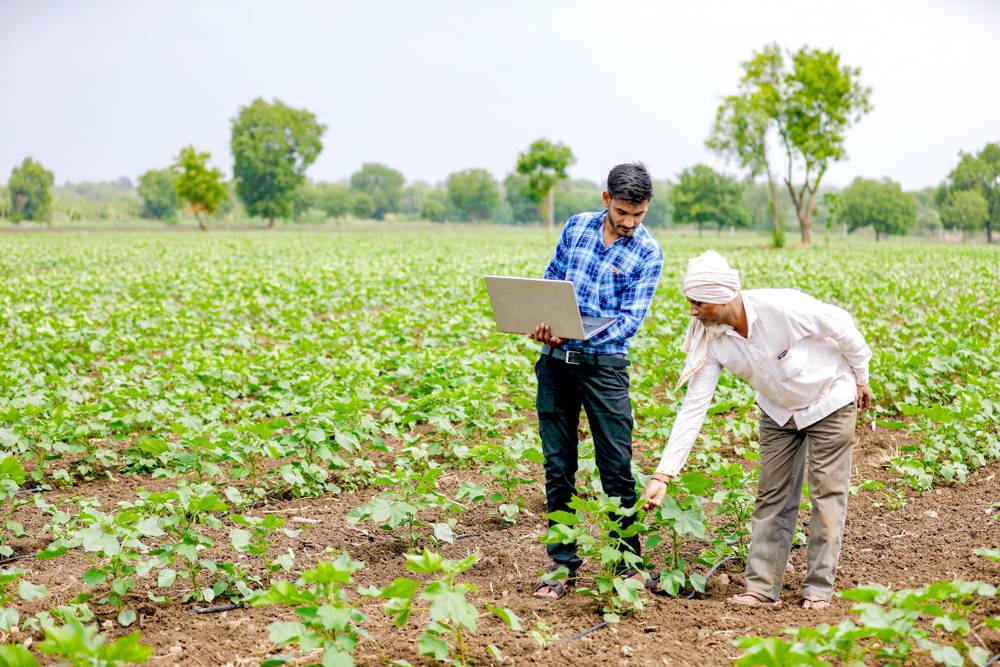 Last updated: December 17th, 2019 5:05 PM
Last updated: December 17th, 2019 5:05 PM
Startup Village Entrepreneurship Programme
India’s villages are dotted with untapped potential; its households are in dire need of regular income but lack the means to attain it. To cater to these masses, the Indian Government has come up with an initiative known as the “Startup Village Entrepreneurship Programme”. This government initiative forms a part of the Deendayal Antyodaya Yojana – National Rural Livelihoods Mission (DAY-NRLM). This article looks at the programme in detail.Objective
SVEP has been introduced with the primary objective of stimulating economic growth and reducing poverty and unemployment in villages by creating self-sustainable self-employment opportunities for youths located in selected villages. Its key objectives include:- Facilitating the rural poor in setting up their enterprises in its proof of concept phase by developing a sustainable model for village entrepreneurship promotion. This shall be carried out through integrated ICT techniques and tools for training and capacity building, enterprise advisory services and the provision of loans from banks/SHGs and federations.
- Developing local resources by training a pool of village level community cadre (CRP EP) and building the capacity of NRLM and SHG federations to monitor and direct the work of the CRP-Eps.
- Aiding rural entrepreneurs to access finance for starting their enterprises. The source of such funding could be from the NRLM SHG and federations and banking systems (which includes the proposed MUDRA bank).
- Supporting the rural entrepreneurs in the initial six months of its establishment.
- Working with the input and output supply chains for farm produce, artisanal products and other goods and services to help increase rural incomes.
Eligibility
The benefit of this programme could be availed by any rural poor who is driven towards the pursuit of entrepreneurship and self-reliant. Highly vulnerable beneficiaries under MGNERGA, marginalized sections, women, SC/ST communities and rural artisans will be given special preference under the initiative.Implementation
EDII (Entrepreneurship Development Institute of India), under the aegis of the Ministry of Rural development, is vested with the powers of implementing the program in pilot blocks of selected states with the help of State Rural Livelihood Mission EDII, till now, has launched the programme in eleven states, which includes Chhattisgarh, Gujarat, Haryana, J&K, Jharkhand, Madhya Pradesh, Odisha, Telangana, Uttar Pradesh, West Bengal and Punjab, covering 24 blocks spread across these states. The activities to be pursued under the initiative include:- Baseline survey of the existing enterprises.
- Benchmarking of performance potential.
- Stratified sampling-based data aggregation for performance improvement.
- Creation of VEIT (Village Entrepreneurship – Information Technology) GI-based platform to collect data of demand aggregation and supply-based gap.
- A sub-sector block study to establish the resource potential of available services or traditional skills of an enterprise.
Other Notable Aspects
- A detailed third-party review will be conducted at the end of the current plan period (2016-20), before continuing the scheme into the 13th five-year plan.
- The initiative should converge with the prevailing schemes of other ministries such as MSME, Ministry of Textiles, etc. The modalities for such convergence would be determined in consultation with the concerned ministries to avoid an overlap.
- The programme shall provide the basis for a specific support segment for entrepreneurship in non-intensive blocks, the likes of which must be in convergence with the programmes of other departments.
- While scouting for entrepreneurs under the initiative, specific preference shall be given to the highly vulnerable beneficiaries under MGNREGA.
- The programme should encourage enterprises of rural artisans.
- The program should converge with clusters identified under RURBAN mission.
- Enterprises in pursuit of IT/infotainment and other similar newly emerging ventures should be encouraged.
- NRLM (National Rural Livelihood Mission) shall adopt adequate measures towards supporting the development of appropriate technology and innovations for the purpose of promoting enterprises in the field of sanitation, drinking water, renewable energy, etc.
Popular Post

In the digital age, the convenience of accessing important documents online has become a necessity...

The Atalji Janasnehi Kendra Project that has been launched by the Government of Karnataka...

The Indian Divorce Act governs divorce among the Christian couples in India. Divorce...

When an individual has more than a single PAN card, it may lead to that person being heavily penalised, or worse,...

Employees Provident Fund (PF) is social security and savings scheme for employee in India. Employers engaged...


